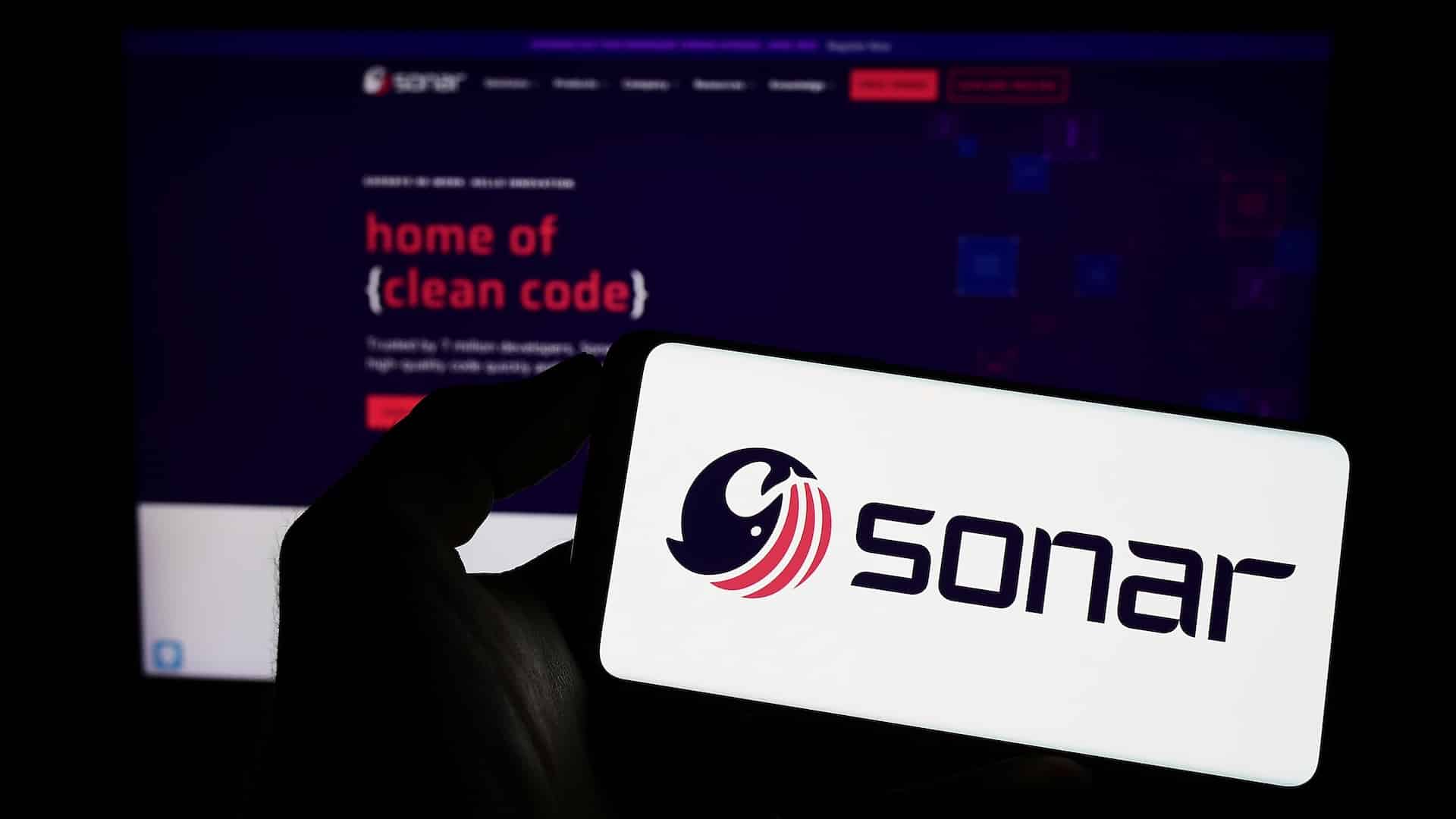What is an IT Performance Indicator?
Definition
An IT Performance Indicator (IT KPI) is an essential measure for evaluating the effectiveness of a company’s IT processes and services in terms of quality and performance. These indicators provide quantified data that help IT teams make informed decisions, in order to optimise resources and improve user satisfaction. They also enable companies to spot trends, recognise anomalies quickly and pick out the potential risks to be anticipated. Based on these specific performance benchmarks (SPBs), companies can adapt their approach to information technology (IT), enhance the security of IT systems and reduce operational expenditure, to deliver an optimal and enhanced user experience. Key Performance Indicators (KPIs) can be used to assess various aspects of an organisation’s activity, such as the availability of IT infrastructures and associated business applications, not forgetting the financial impact of the strategic technological choices that these entities make.

Example of indicators
Why and for whom are they essential?
IT Performance Indicators (IT KPIs) are crucial for a wide range of stakeholders within a company, as they facilitate efficient management of IT resources and promote better decision-making. They help to reduce costs and enhance security, and enable resources to be allocated more efficiently.
- IT teams: These tools enable them to monitor operational efficiency, improve incident management, minimise downtime and optimise the allocation of technical resources. These indicators enable IT teams to prioritise their interventions correctly and anticipate problems before they start affecting users.
- Executives: If companies are to coordinate technological initiatives with their strategic objectives, they require a precise overview of IT performance. IT Performance Indicators provide them with detailed information, so that they can rationalise investments, steer digital metamorphoses and assess the return on investment of IT initiatives.
- End-users: Efficient IT infrastructure makes for a smooth user experience, minimises interruptions and increases both employee satisfaction and customer satisfaction. IT Performance Indicators are used to assess the quality of the service provided, and to identify areas for improvement.
- Partners and suppliers: In the context of service level agreements (SLAs), these indicators facilitate the monitoring of performance commitments and promote effective cooperation between companies and their suppliers. They help to ensure superior service quality and enable possible breaches of contract to be anticipated.
The different types of IT Performance Indicators
Operational performance indicators
These indicators help to assess the efficiency of IT networks and services, while evaluating their resilience, reliability and performance when faced with the demands of business.
- Downtime: Total period during which an IT service or infrastructure is not functional, directly affecting business continuity and user satisfaction. Minimising downtime is crucial when it comes to ensuring the availability of essential services.
- SLA (Service Level Agreement) met: Percentage of contractual service level targets met. This measure is used to assess compliance with agreements entered into with customers and partners.
- Service availability: The ratio between the period during which a service is available to users and the total expected duration. Ensuring consistent performance in IT applications and services requires a high level of availability, which is a crucial aspect.
- MTTR (Mean Time To Repair): Average time required to locate, diagnose and resolve an incident. A reduced MTTR indicates that IT teams are able to respond quickly to failures and minimise their impact.
- MTBF (Mean Time Between Failures): Mean time between two consecutive failures in a piece of equipment or a system. A high MTBF indicates an increased level of reliability in IT infrastructures, thus minimising potential downtime.
IT security indicators
These indicators measure the effectiveness of cybersecurity systems and facilitate the detection of threats and a proactive response to them.
- Number of security incidents: Number of attacks identified and managed, enabling us to assess exposure to IT threats.
- Vulnerability response time: the average time required to detect, investigate and rectify a security vulnerability, a key aspect in reducing the danger of exploitation by malicious parties.
IT team productivity indicators
These indicators enable us to assess the efficiency of our development and operations teams.
- Deployment success rate: Percentage of implementations that are carried out faultlessly, illustrating the reliability and excellence of development procedures.
- Average delivery time: Time required to move from the design phase to the delivery of an application, a crucial factor in ensuring team flexibility and customer satisfaction.

IT-related financial indicators
These indicators provide an opportunity to assess the economic impact of IT decisions.
- ROI (Return On Investment) for IT projects: Profits achieved compared with costs incurred.
- Cost per IT incident: Expenditure incurred for each IT-related malfunction or problem.
How do you choose the right IT Performance Indicators?
The selection of IT Performance Indicators should be guided by the company’s strategic goals and the IT teams’ functional requirements. To identify the most appropriate indicators, it is essential to adopt a methodical approach:
- Define clear objectives: Determine business and IT priorities by engaging stakeholders such as management, IT teams and end-users. It’s essential to know which specific aspects of performance need to be optimised: service reliability, incident reduction, cost management, etc.
- Align KPIs with IT strategy and business challenges: IT KPIs must be aligned with the IT vision and mission, and with business expectations. For example, if the focus is on customer satisfaction, a key performance indicator could be the availability rate of critical applications.
- Avoid superfluous indicators and opt for data you can really act upon: It’s vital that you don’t get lost in a surfeit of metrics. Each indicator selected must provide real value when it comes to decision-making and encourage the taking of tangible actions. Too much data can make analysis more complex, and reduce the impact of crucial information.
- Automate data collection and analysis: Using monitoring and analysis tools results in detailed reports, updated in real time and rapidly usable. Effective automation reduces human error, promotes rapid detection of problems and makes decision-making easier.
- Regularly monitor and adapt KPIs as necessary: as requirements change over time, regular reassessment of the importance of KPIs is essential. A performance indicator that is relevant today may lose its relevance tomorrow due to developments on the technological or strategic front.
By adhering to these guidelines, companies ensure that they choose IT Performance Indicators that are truly meaningful, capable of improving IT resource management and contributing effectively to overall objectives.
Tracking tools
Various tools exist to monitor and analyse IT Performance Indicators, and these are the best known and most widely used ones (source, 2020):
- Monitoring solutions: Dynatrace, Appdynamics, Datadog, Grafana – monitoring IT infrastructures and services.
- BI (Business Intelligence) dashboards: Power BI, Tableau – visualisation and analysis of IT KPIs.
- ITSM (IT Service Management) tools: ServiceNow, Jira Service Management – incident management and IT service management.
- Cybersecurity solutions: Splunk, SIEMs – threat detection and response.

SNOW interface – the best-known ITSM tool
The difficulties of implementing IT Performance Indicators
Although their importance is self-evident, IT Performance Indicators can be tricky to set up, because of:
- Scattered, heterogeneous data: Hindering the process whereby data from various sources is centralised can undermine the accuracy of studies and the pertinence of strategic choices.
- Lack of strategic alignment: A lack of alignment between business goals and IT goals can render KPIs ineffective or unusable for decision-making purposes.
- Resistance to change: Difficult team buy-in can result from a lack of training, resistance to new approaches or insufficient communication about the contribution made by key performance indicators.
- Technical issues: Acquiring, organising and analysing information requires the use of appropriate tools, as well as considerable investment in infrastructure and specialised programmes.
- Complexity of measurement: Some indices can be difficult to measure reliably, and this could damage their credibility and take-up.
- Data overload: Having too many indicators can result in the clarity and effectiveness of decision-making being compromised. It’s therefore crucial to choose KPIs that are meaningful and actionable.
Why is Qim info your ally when it comes to optimising your IT Performance Indicators?
Thanks to its deep expertise and tailor-made approach, Qim info is the ideal partner when it comes to optimising your IT Performance Indicators. Qim info partners with leading monitoring solution providers such as Dynatrace and Cisco Appdynamics to market and implement solutions. In addition to this partnership, our consultants are fully conversant with these monitoring solutions, having used them on numerous customer projects. Our specialists assess your specific requirements, identify the KPIs best suited to your structure, and support you by helping to optimise the way you use data. We provide you with sophisticated monitoring and analysis tools, giving you accurate, actionable indicators so as to optimise your IT systems’ performance. When you work with Qim info, you benefit from the kind of strategic and technical support that guarantees optimal, high-performance management of your IT performance indicators. With Qim info, you can transform your metrics into powerful tools that boost performance and innovation!




